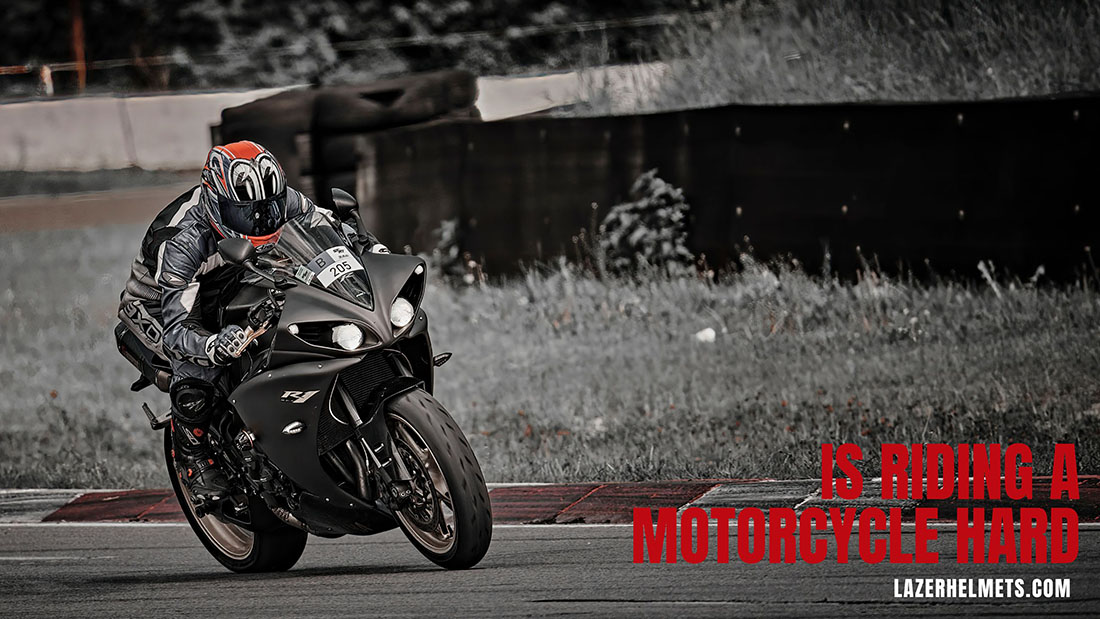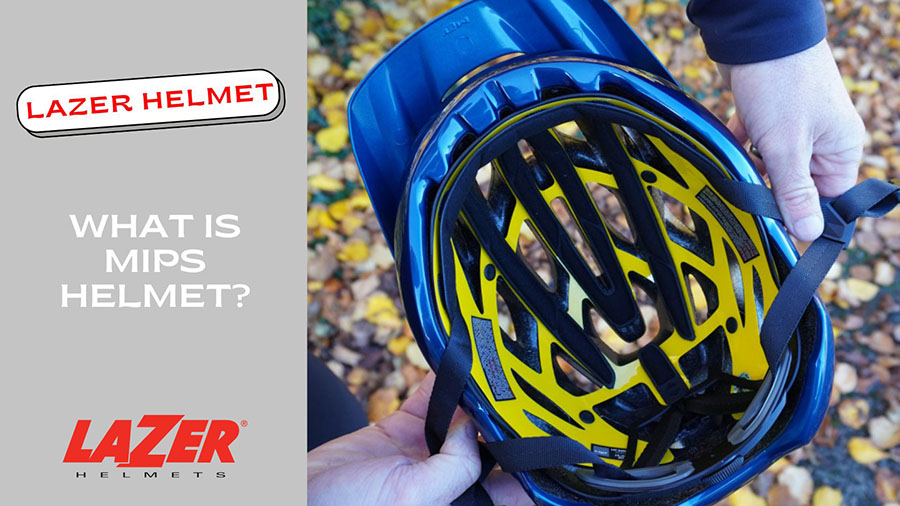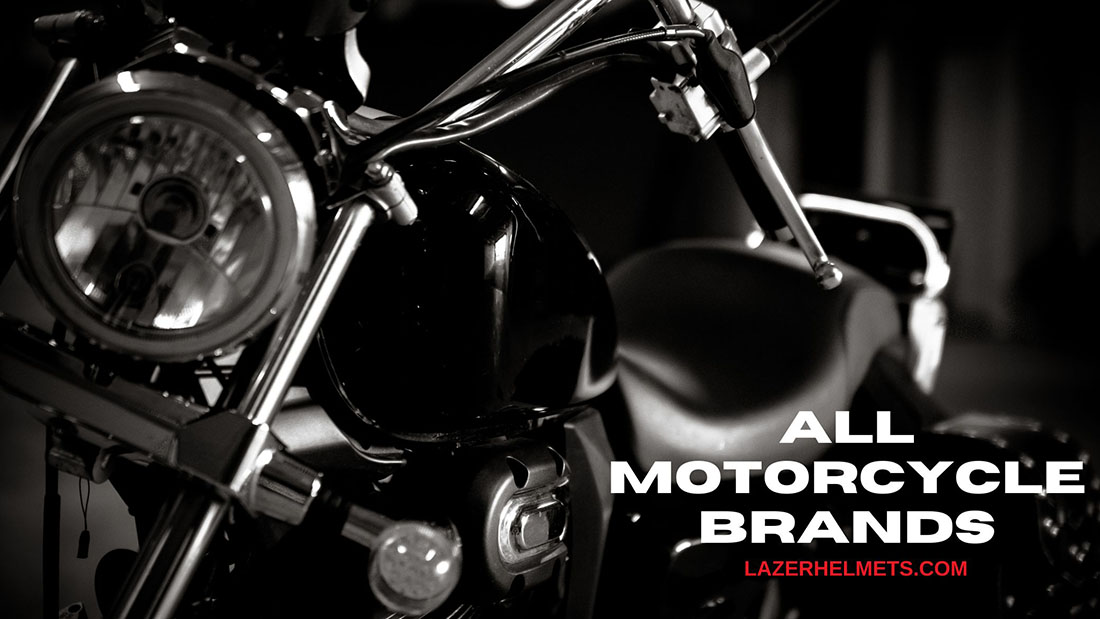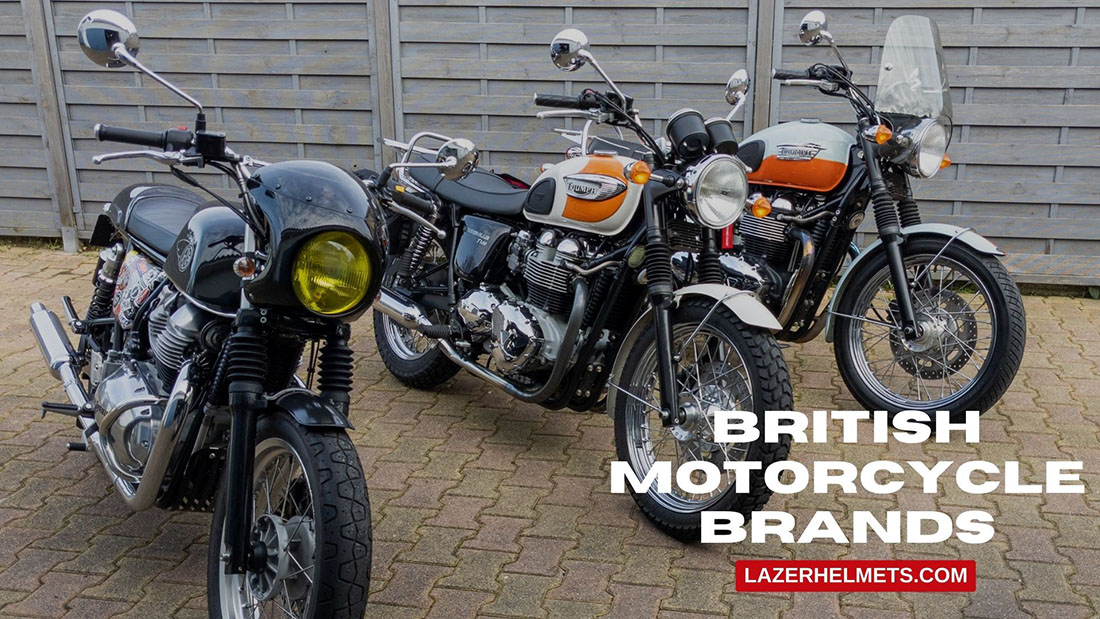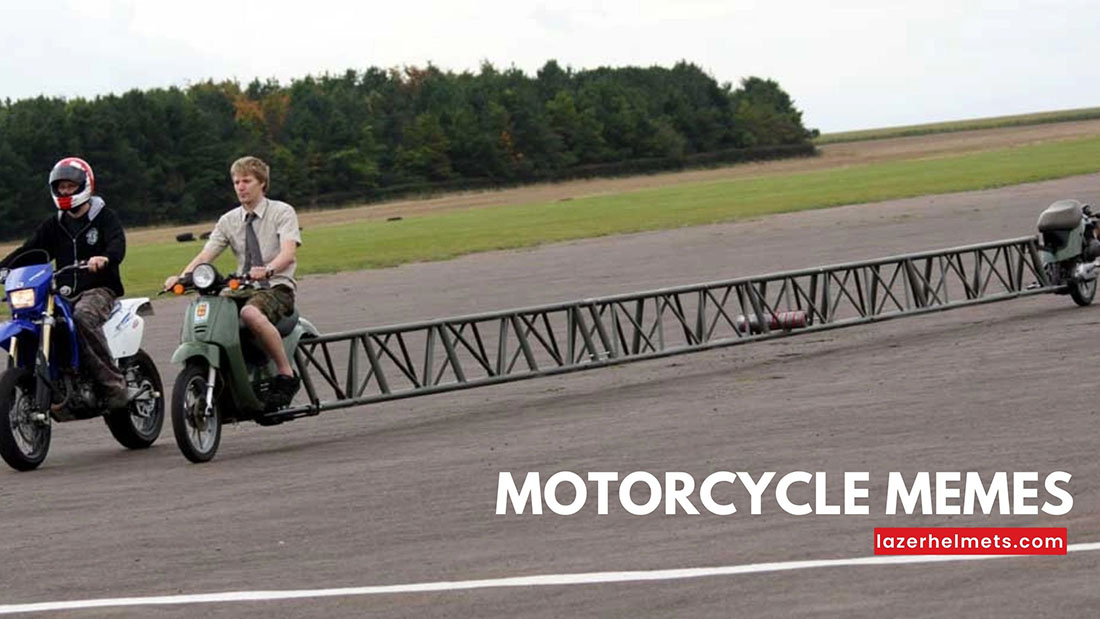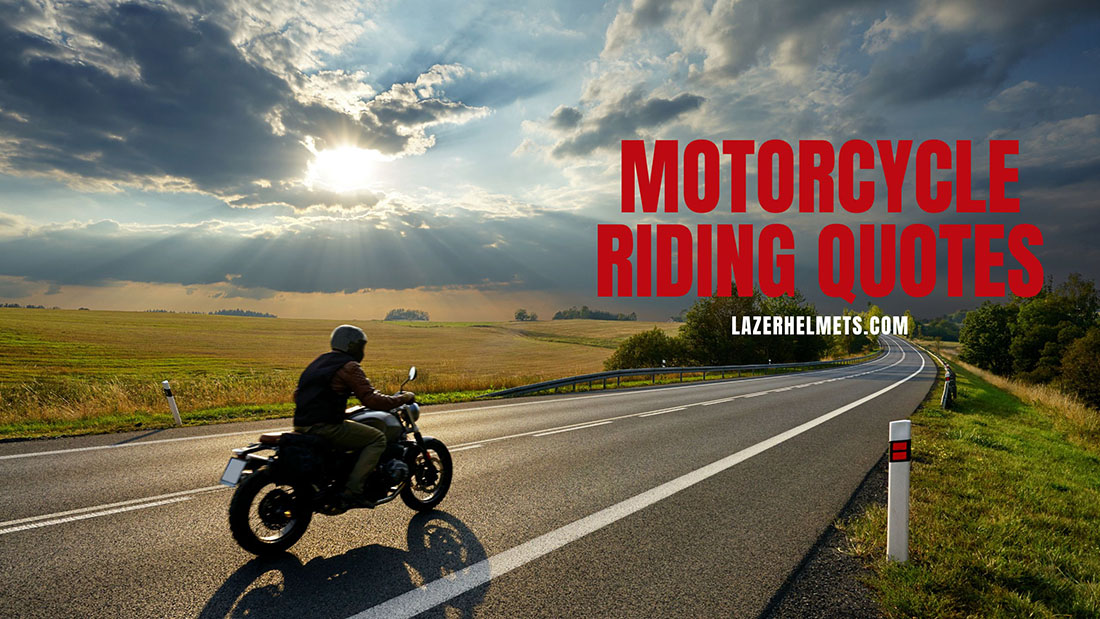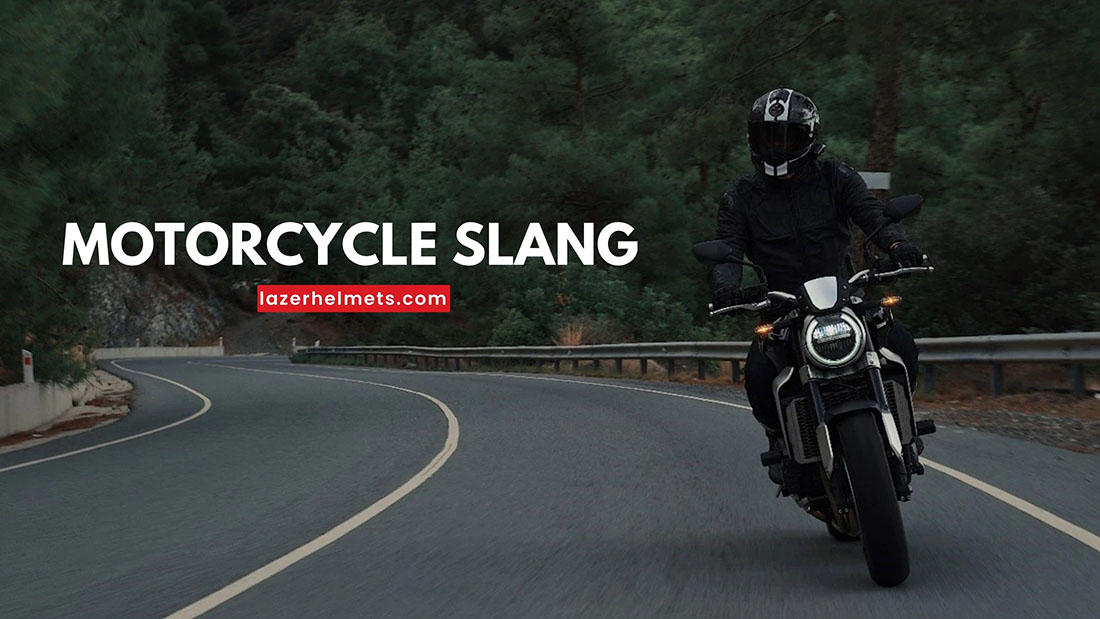How hard is it to learn to ride a motorcycle? Understanding the learning curve is essential whether you’re a new rider or considering this.
While some concerns may arise at first, it’s important to recognize that the skills needed for motorcycle riding can be acquired with proper guidance and commitment. Exploring the challenges and rewards of this endeavor sheds light on the question.
Table of Contents
Is It Hard To Ride A Motorcycle?
It’s a popular belief that motorcycle riding is a hard nut to crack. Yet, it isn’t as tough as it seems, much like riding a bike with an engine to move you. If you can ride a bicycle, you just need to learn how to use the gears and clutch and handle its weight.

The trickiest part of learning to ride a motorcycle is finding balance. Motorcycles are top-heavier than bicycles, so getting used to this feeling takes practice. Once the balance is mastered, the rest of the controls become quite simple.
The Easy Parts
Let’s begin with the positive and exciting aspects of riding, likely what drew you in.
Once you start, shift, and ride safely, you’ll experience a whole new experience. It’s a blast to twist the throttle and feel the wind as you take off, with the sound of the exhaust adding to the excitement.
What’s more, motorcycles are fuel-efficient because of their smaller engines. Whether riding alone or with a passenger, they’re a smart way to travel, saving money on fuel for more adventures. Learning about motorcycles is also simple, with lots of free resources online, like blogs and YouTube videos.
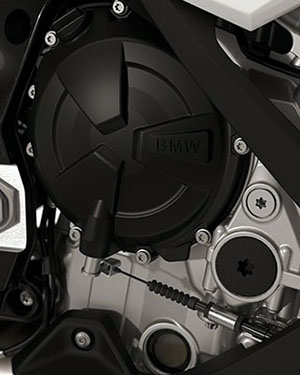
The Difficult Parts
Learning a new skill, like motorcycle riding, comes with common challenges. In the beginning, motorcycle riders might feel overwhelmed. There are many options to consider: type of motorcycle, size, and weight. Whether it’s a sports bike or a dirt bike, consider your riding needs and lifestyle for the most suitable choice.
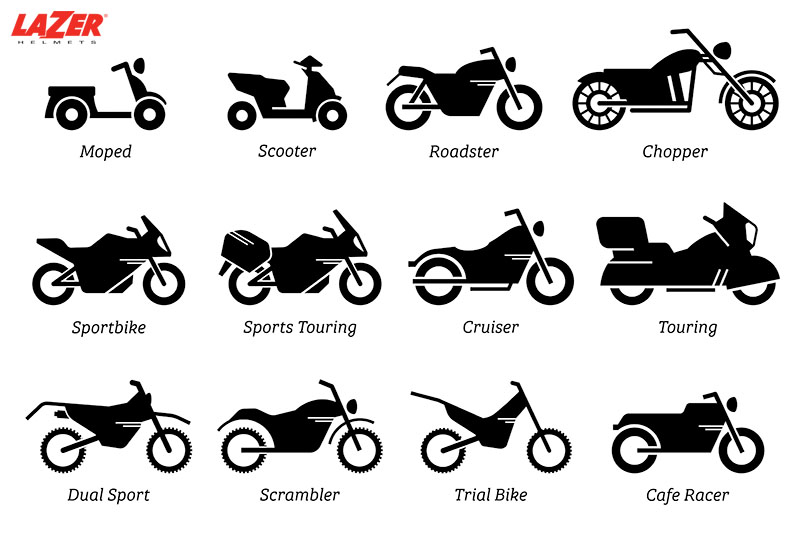
Once you’ve had your motorcycle, the next task is finding suitable places to ride. While motorcycles are street-legal, traffic can be frustrating.
The clutch is another part you may find tricky, especially if you’re new to manual clutches. Even if you’re familiar with car manuals, a motorcycle clutch feels different, requiring muscle memory and mental adjustment.
Is Motorcycle Suitable For Everyone?
Certainly, anyone can ride a motorcycle as long as they have passion. Learning is attainable, even for those with zero prior experience.
Regular, deliberate practice cultivates skill and builds good habits. Overcoming challenges is feasible; riding is akin to a non-pedaling heavy bicycle. A reliable learning strategy involves a trusted coach with motorcycle experience to guide you through the steps.
5 Tips For Beginners
Using Protective Gear & Remember to Bring Your License
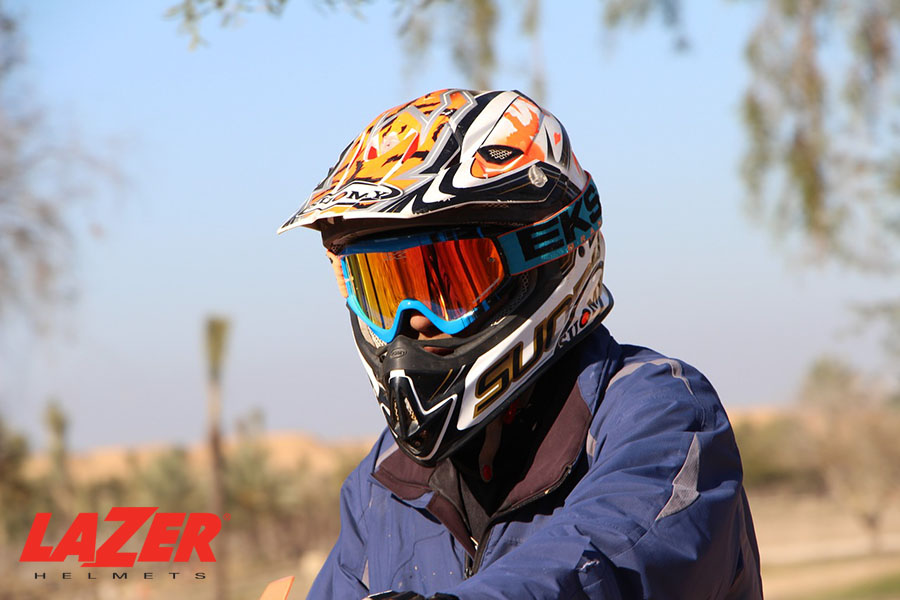
Protective gear is undoubtedly essential, as there are no seatbelts or airbags. Safeguard your skin with durable layers: thick pants, boots, gloves, and a long-sleeve jacket.
Ensure head and face protection with a well-fitting full-face or half-face helmet with goggles. Find the right helmet shape and size by trying it on or measuring your head’s circumference with a soft tape.
Consider adding knee and elbow pads for extra body protection. Falls are likely; even experienced riders can have accidents.
And don’t forget to bring your motorcycle license. You don’t want to face any trouble on the road.
Choosing Suitable Motorcycles
For first-time riders, focus on the right type of bike rather than the specific make or model. Consider the weight-to-power ratio; go for light, manageable motorcycles as a beginner. Opt for A2-friendly bikes, something between 250-650 cc.
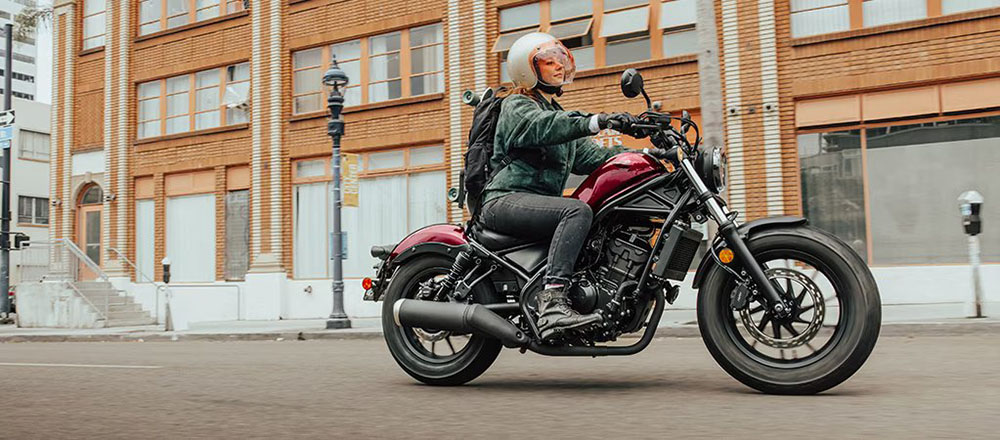
Any bike can be a beginner’s bike, so sit on the ones you like and compare. Make sure the seat height is suitable for you. You can comfortably touch the ground, feel balanced, and handle the bike easily.
Street, dirt, and adventure bikes offer a comfortable upright position, while sports bikes require leaning forward. Practice moving the bike on and off the saddle to enhance your riding basics and balance. Later, as you become more skilled, explore more powerful options.
Learning How To Brake
Braking is one of the foundational parts of the motorcycle learning process. Your right side pedal is the rear brake, and the right handlebar lever is the front brake.
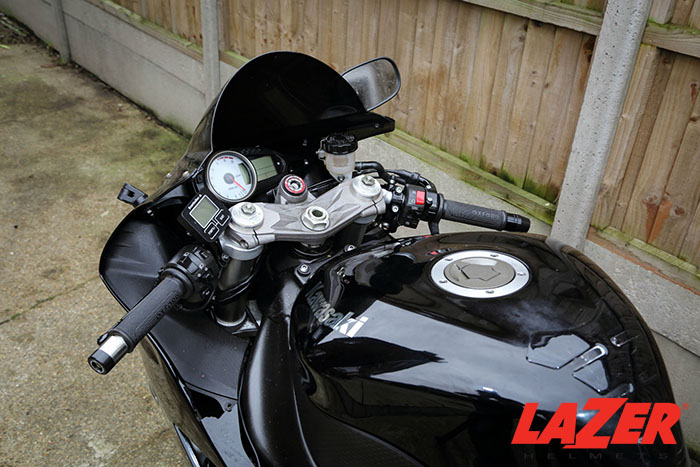
For a smooth slow down or stop, use both brakes evenly. Step on the rear brake and gently pull the front brake lever. I once steer the bike and hit the brake suddenly to sidestep a large pothole but ended up falling down. So you’d better avoid abrupt grabs to prevent wheel lock and imbalance.
Practice controlled braking:
- Gently tap the rear pedal and slowly pull the front lever.
- Start doing this while stationary; roll a bit forward, tap the rear brake, and repeat with the front brake.
- Find the balance where the brakes engage smoothly without sudden wheel lock.
Trusting Your Lean
Mastering motorcycle turns is one of the toughest aspects of learning to ride. Simply turning the handlebars won’t suffice for high-speed turns. Instead, it would help if you utilized your body weight to guide the bike in the intended direction. This entails leaning your weight to one side.
Although this can unnerve riders who fear falling, motorcycles can lean much more than expected. Leaning to one side remains the sole method for high-speed turns. Find a lengthy, curving road to practice and ride along the outer curve, allowing ample time to ease into the lean. But avoid abrupt movements to prevent balance loss.
Practicing Is The Key
The Easiest Things
Start with the easiest things – this applies to any learning process. In this way, you won’t be upset and have more motivation to conquer harder challenges.
- First-time riders can begin practicing these exercises:
- Maintaining balance
- Operating the turn-throttle
- Applying the brakes
- Understanding road rules
The Hardest Things
From experienced riders’ sharing, these three skills tend to pose the greatest challenges for first-time motorcycle learners:
- Grasping countersteer
- Navigating clutch use
- Mastering gear shifting
Conclusion
Riding a motorcycle isn’t that hard with daily practice. There are difficult parts and easy things about riding a bike. Yet, when you’ve overcome initial obstacles, your journey of mastering motorcycle riding becomes achievable and enjoyable.
You might also like:

